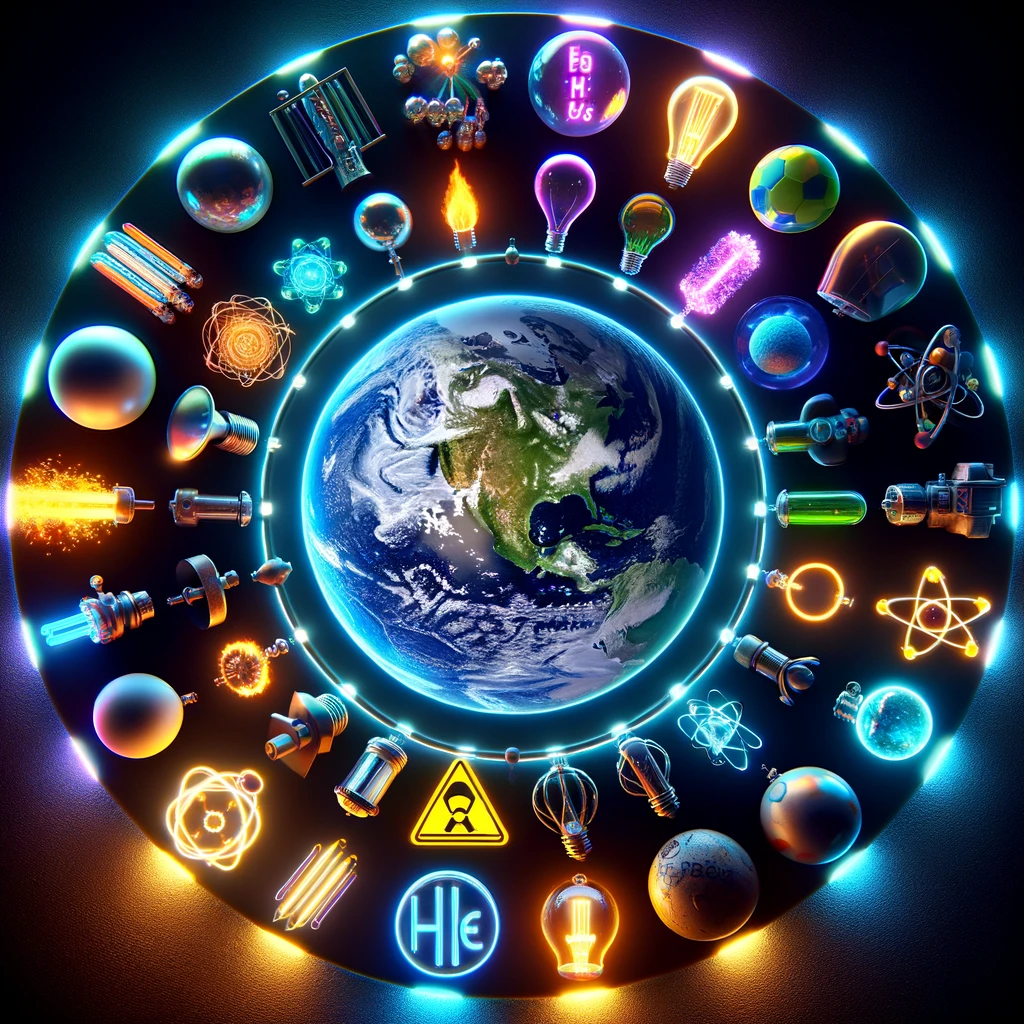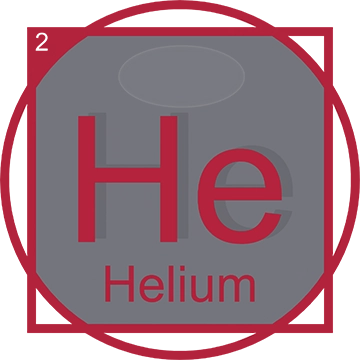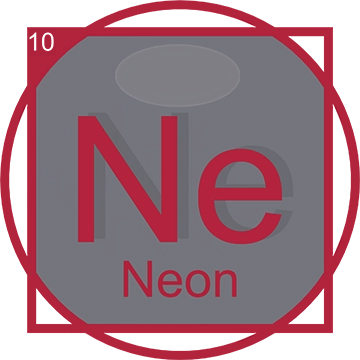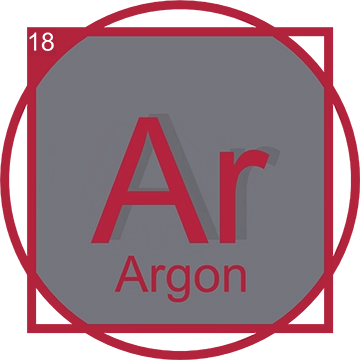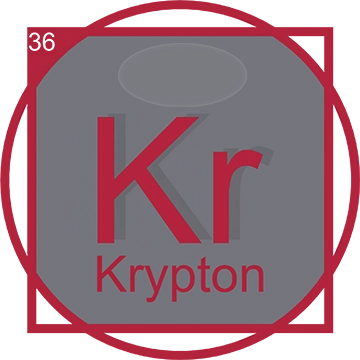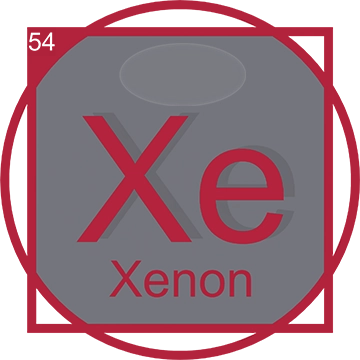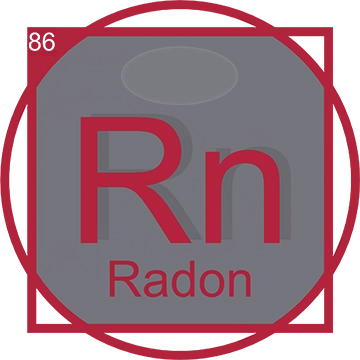The Enigmatic World of Noble Gases: From Illumination to Isolation
Explore the inert and mysterious noble gases, which play pivotal roles in both everyday technology and cutting-edge scientific research.
Introduction to Noble Gases
Noble gases make up Group 18 of the periodic table and are comprised of helium (He), neon (Ne), argon (Ar), krypton (Kr), xenon (Xe), and radon (Rn). These gases are characterized by their extremely low reactivity due to having full valence shells, which makes them stable and inert under most conditions.
Unique Properties of Noble Gases

Due to their complete electron shells, noble gases are colorless, odorless, and tasteless. They exhibit nonpolar behavior, have very low boiling points, and do not easily form chemical compounds with other elements. This remarkable inertness makes them invaluable in applications where non-reactivity is required. Additionally, their stability and low reactivity allow for their use in controlled environments such as in the bulbs of neon lights, in welding processes, and as insulating gases in double-paned windows. These gases, including helium, neon, and argon, provide predictable performance under extreme conditions, further underscoring their importance in scientific and industrial applications.
Noble Gases Diverse Applications
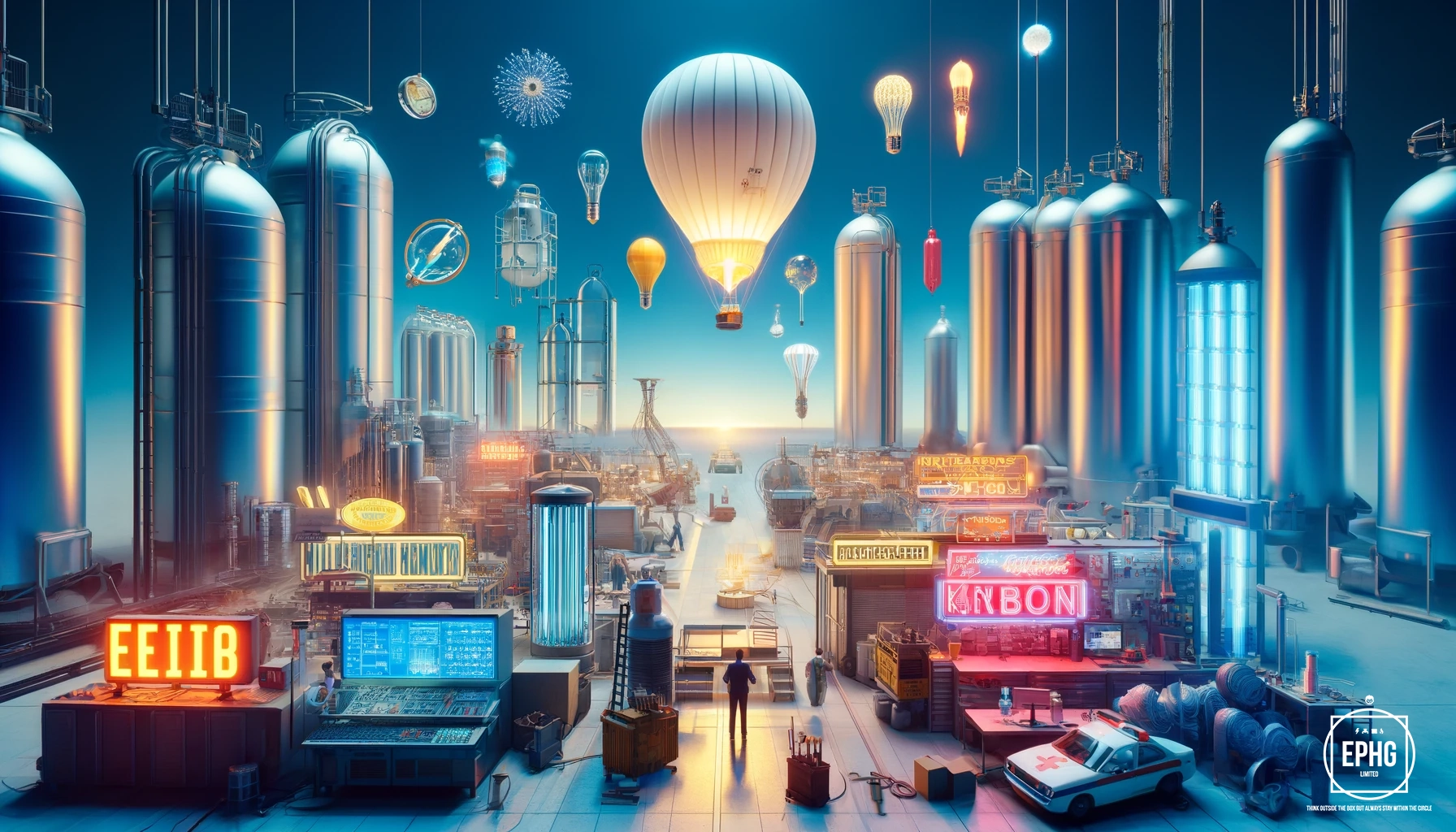
Noble gases have a variety of uses across different industries:
- Helium: Used in cryogenics, particularly in cooling superconducting magnets, and as a lifting gas in balloons and airships.
- Neon: Famous for its use in advertising signs, and also in high-voltage indicators and vacuum tubes.
- Argon: Commonly used in welding and in creating inert atmospheres for growing silicon and germanium crystals.
- Krypton and Xenon: Used in lighting, including in flash bulbs for photography and in high-intensity lamps.
- Radon: Despite its radioactivity, used in some types of therapeutic treatments, though its use is controversial and limited.
Extraction and Production of Noble Gases
Noble gases are generally extracted from the air via fractional distillation of liquefied air, with the exception of radon, which is produced by the radioactive decay of uranium in the Earth's crust.
Environmental and Safety Considerations of Noble Gases
While noble gases are non-toxic and inert, precautions are necessary when handling them, particularly helium, as its inhalation can lead to asphyxiation. Radon, being radioactive, poses significant health risks, including lung cancer, and must be managed with extreme care.
Noble Gases Looking to the Future
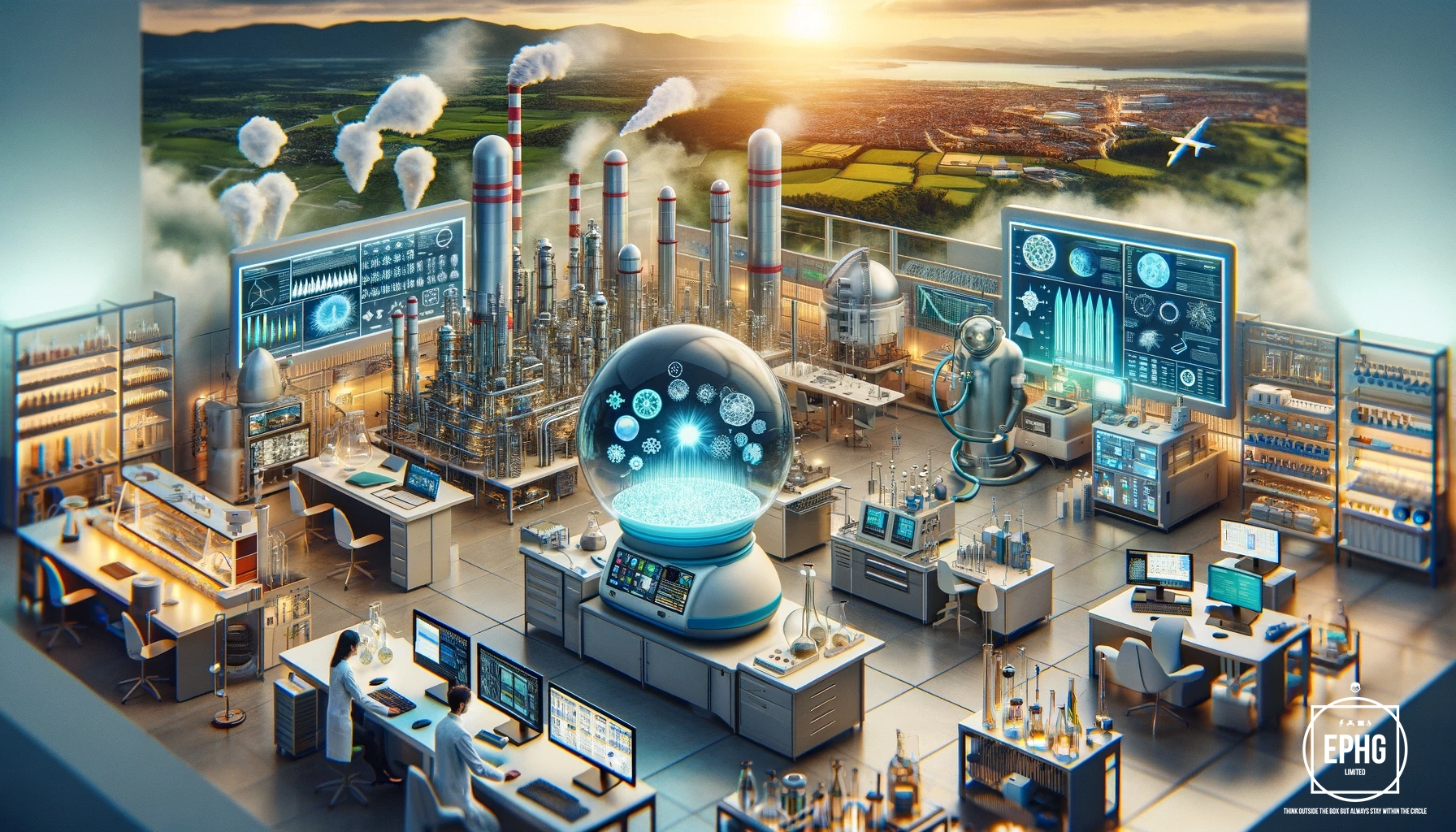
Advancements in science may unlock new uses for noble gases, particularly in the fields of environmental science and medical technology. Researchers continue to explore the potential of these gases in areas such as atmospheric studies and imaging techniques. Innovations could include the development of more advanced gas-based imaging modalities that provide clearer, more detailed medical images with minimal exposure to radiation. Additionally, noble gases might play a significant role in monitoring and controlling environmental pollution. Studies are also looking into their use in energy-efficient lighting systems and insulation technologies, expanding their applications in sustainable development and contributing to global energy conservation efforts.
Frequently Asked Questions about Noble Gases
- Why are noble gases so unreactive?
- They are unreactive because their outer electron shells are full, which means they do not need to lose, gain, or share electrons to achieve stability.
- Can noble gases be used in everyday products?
- Yes, they are commonly used in products like energy-efficient windows, where argon gas is used for insulation.
